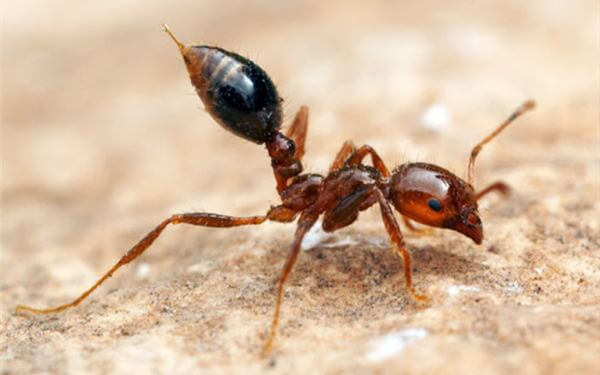- On May 26, the Ministry of Ecology and Environment held a press conference to introduce the situation of animals and plants in China. Data show that there are 122,280 species of known species and planted units in China. Among them, 54359 species in the animal kingdom, 37793 species in the plant kingdom, 463 species in the bacteria kingdom, 1970 species in the pigment kingdom, 12506 species in the fungus kingdom, 2485 species in the protozoa kingdom, and 655 virus species.

It should be noted that the official said that more than 660 invasive alien species have been discovered nationwide.
Among them, 71 species have caused or have potential threats to natural ecosystems and are included in the “List of Invasive Alien Species in China”, and 219 species have invaded national nature reserves.
But what is unexpected is that among the 660 invasive alien species, one of the most dangerous is actually a kind of ant called the red fire ant.
According to the Guangdong Provincial Department of Agriculture and Rural Affairs, the red fire ant, which first appeared in Zhanjiang, Guangdong in 2004, is native to South America. It has mixed feeding habits, strong fecundity, fierce habits, and strong competitiveness. It is easy to form higher density in new invasive areas. Population threatens agricultural and forestry production, human and animal health, ecological environment, and social security.
According to the Ministry of Agriculture, this difficult-to-prevent and hard-to-treat invasive species has spread to 12 provinces and 435 counties and municipalities in China. In the south, areas with mild climate and heavy rainfall have become the hardest-hit areas for red fire ants and will take the initiative. Attacking other insects, birds, bird eggs, etc. will cause great damage to the ecology.
It is reported that the venom of the red fire ant contains water-soluble protein, which can easily cause severe burning sensation in the skin of the stinged person. People with allergies can experience dizziness, fatigue, nausea, difficulty breathing, throat or bronchial edema, myocardial damage, shock and even death .
Therefore, experts also remind ordinary people to see small red mounds on roadsides, grasslands, parks, hillsides, etc., don’t kick or touch them, and stay away.